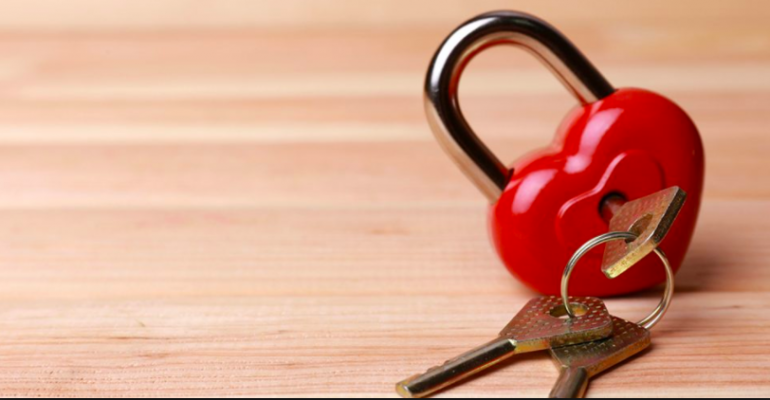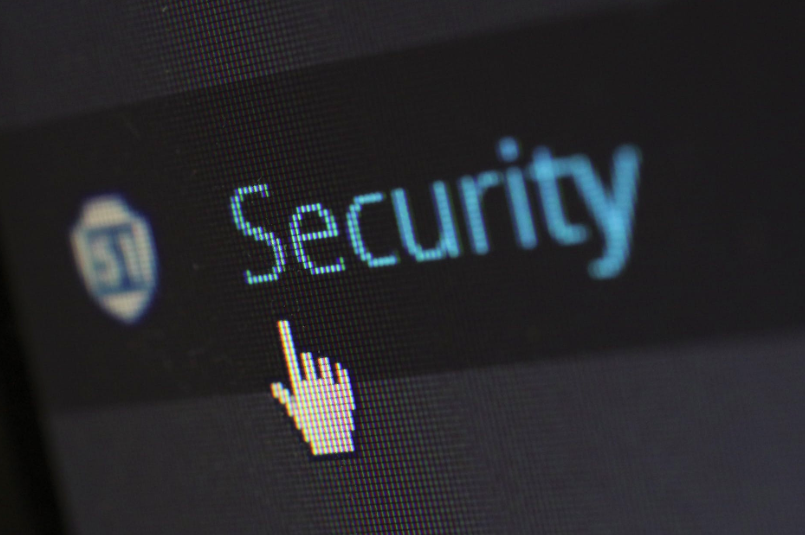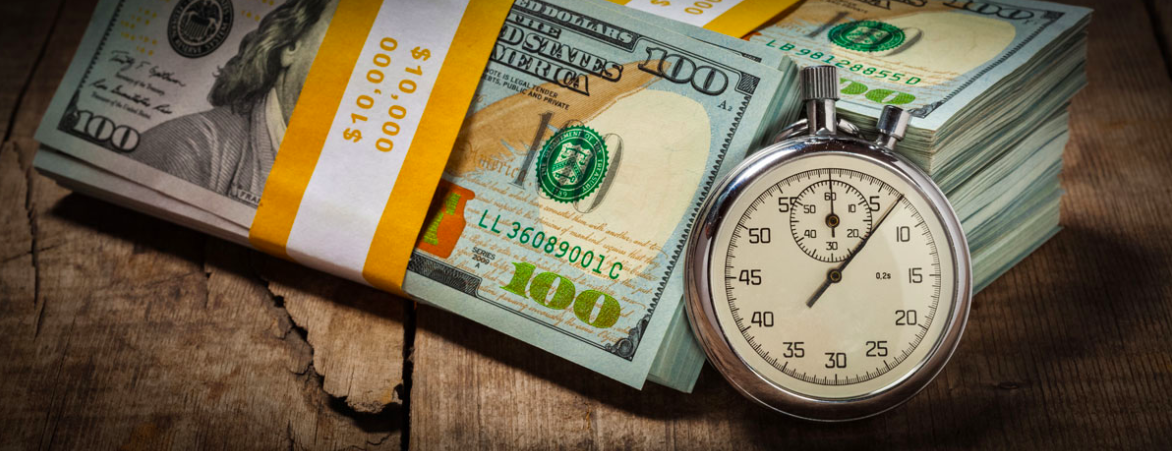Everyone thinks they’re way too smart to fall for an online scam. Unfortunately, everyone is way wrong. People who think they know better get scammed online every single day.
It makes sense if you think about it. Online scammers need victims. If they couldn’t find any, they couldn’t make a profit off scamming people. Someone’s falling for it. Here’s how to make sure that someone isn’t you.
Gullible much?
The internet has given us fantastic amounts of freedom, power and anonymity, but those standout qualities are what enable people with less honorable intentions the chance to make some money off the gullibility of others.
Fake websites are a particular favorite of the con artists. They make it easy to trick people into thinking they are the genuine article, then collect your credit card information and other personal details after it convinces you to make a purchase. And you could lose more than just money from your account: Someone so inclined could steal the entire of your online identity from you.
Another problem that we face is that of the criminals setting up fake websites, realistic websites that look completely normal and trustworthy. They’re nearly always one step ahead of the authorities, too, which is still more reason to be vigilant. These scammers work hard to make you think the sites they create to grab your cash or credit card info are real.
Here’s how to spot the fakes.
Certified security
A quick way to check ta site’s legitimacy and trustworthiness is to look for a green padlock symbol next to the website address. That means the company has applied for and received a SSL/TLS security certificate. Scammers can’t fake these (yet). Only a fully authorized company is allowed to issue them. What does such a certified site look and work like? Check out Facebook. It’s a good example of a certified site. And with the amount of personal information you share on Facebook, it is good to know you can check if you are visiting the real thing.
Social
If you were an online con artist setting up fake websites to steal information, it is unlikely you would want to be found through the world of social media. Always check if the site you are on has a full display of their social media platforms – and that they actually work. They are commonly listed as icons at the bottom of the homepage – as in Wal-Mart’s case – but as long as they are there you can trust you are in the right place.
The real thing
When you are shopping for products on the Internet you really need to know that your business is being conducted safely. Whether you want to pay a phone bill or buy lottery tickets online you need to know that you are processing transactions securely online and your money is going to the correct place. Some websites such as LottoGopher have a Verified Merchant stamp to show that they are who they say they are, and that seal of approval is a sign that the site can be trusted.
Check for returns
One thing that con artists will not want to do is to extend the online conversation once they have your details or your money. So, if you are thinking of purchasing goods online take a quick look to see if there is a detailed returns and refunds policy – and how to get in touch with that department. The Gap’s website has a good example of this. Although criminals are very good at making sites that look real they are unlikely to take the time to set up a returns section.
Gut instinct
It’s true that the people setting up fake websites have become more sophisticated in their approach. That’s why it is sometimes be very hard to tell if a site can be trusted or not. But a good rule to follow is – if it seems too good to be true then it probably is. And if a site is promising deals on goods that superficially seem like a real steal, then the only person losing out is probably you.
It might seem the deal of a lifetime to get a laptop or a smartphone for a few dollars, but more than likely it isn’t. And chances are, you’ll end up losing a lot more than whatever you think you’d have gained from that so-called deal.
Stay vigilant
Does all this sound incredibly bleak and negative?
Just remember, the vast majority of sites out there are, indeed, trustworthy. But beware of relying just on a familiar name or logo on the homepage for the all clear. In the early years of the World Wide Web, a funny one-liner circulated that went like this: On the internet, nobody has to know you’re a dog.
The thing is, on the interne, no one knows what you are, and you can pretend you’re a dog even if you’re just a lowly dog catcher.
So be careful. Just follow the tips in this article and you’ll be fine. Really.
Cover image: StudioPress













